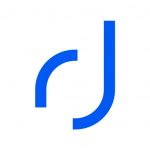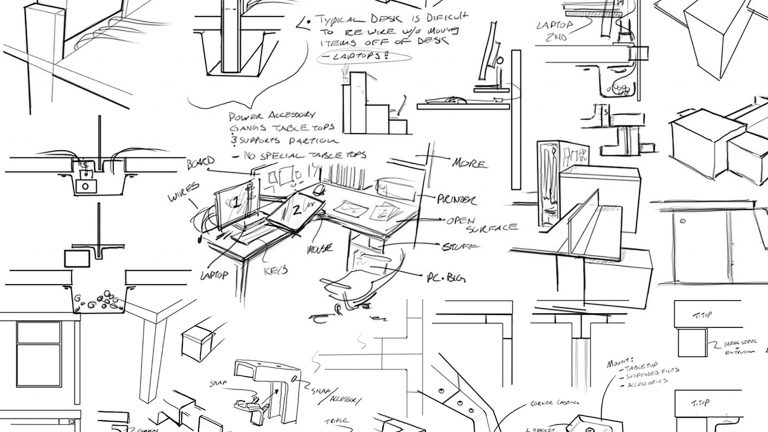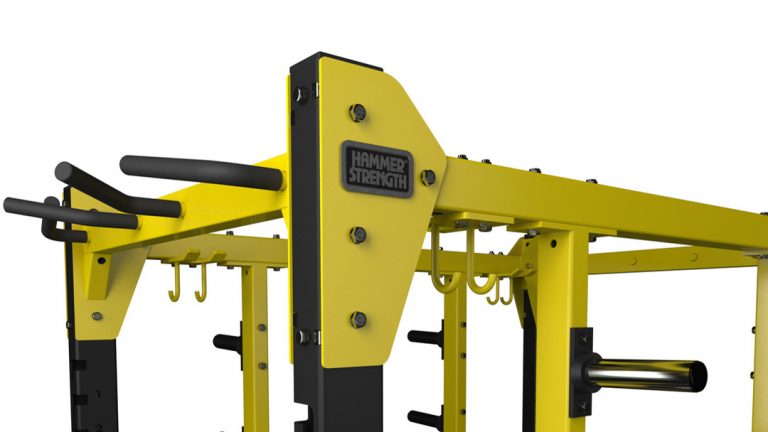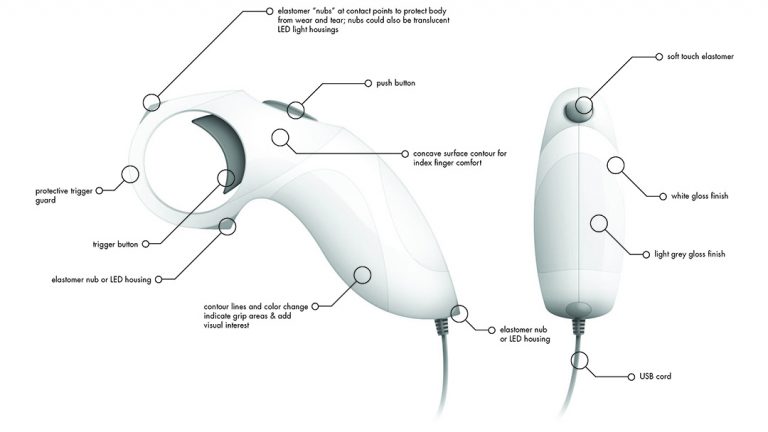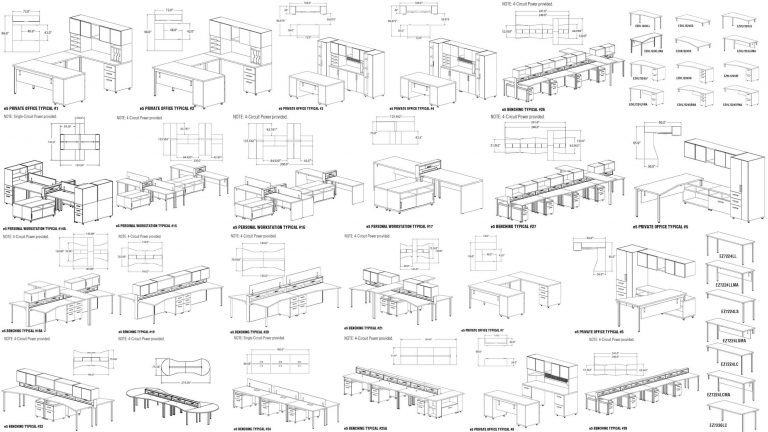Research eliminates risk during product development. By gathering new information, testing hypotheses, benchmarking existing solutions, and weighing choices at key points in the development cycle, we reduce your risk through research-based decision making. The following is a starting list of research capabilities available through Rute Design and its partners. Together, we will work with you to identify your project objectives and determine the best approach to research.
- Competitive Analysis
- Desk Research – Foundational at the start of any project, our internal team of designers reviews existing, generally on-line materials, to gain a broad understanding of the project domain such as industry, category, and/ or existing solutions including Intellectual Property.
- Retail Site Visits – We travel to brick and mortar locations for contextual understanding of merchandising practices and other in-person observations.
- Reverse Engineering – We conduct hands-on, detailed analysis of other manufacturers’ products examining the materials and construction. Often this deliberately results in total deconstruction/ destruction of the products to recreate Bills of Materials, estimate piece-part costs, and or manufacturing processes used.
- User Research and Testing
- User Panel Management – We can gather and maintain databases of existing “power users” whom we know to use/ own a particular brand or category of product. Complete with demographic information on the members, such panels allow us to contact these users for discrete or longitudinal queries pertaining to their needs and products that help inform design or other product decisions.
- Online Surveys – We will write, pilot, and distribute unique surveys specific to your project. Ideal for quantitative research, and often unbranded, the data collected in a survey can be used to draw general conclusions of a larger population.
- Ethnography/ Journaling/ Journey Mapping – We deploy tried-and-true qualitative methods and leading-edge tools alike to interact with existing/ prospective users of your product in their real-life environment. It is through contextual observation and self-reporting that we oftentimes learn what we don’t even know to ask about in a survey or preliminary interview.
- Interviews – These in-depth discussions can be with individuals and/ or in groups. We often use these as follow-on to other methods to go deeper into a particular topic area for the purpose of understanding.
- User Testing – We will audit target users about their experiences with existing and/ or prototype solutions. Depending on where we are in development, this might include multiple solutions being tested in one general time frame (benchmarking), two versions of the same solution tested at the same time (A/B testing) or, any given solution at multiple points over an extended period of time (longitudinal research).
- Performance Testing – Collects data on which to base product marketing, warranty and other development decisions according to product performance. We work with outside laboratories — with appropriate certification — to design your study.
- Cross-Market Leverage
Whatever you ask us to design, we bring our deep and wide experience — in many different products, industries and sales channels — to the process. Some of our breakthrough successes have been achieved simply by applying what we know from one industry to products and experiences in another. Such cross-market leverage is typically beyond what the client is thinking about/ knows to ask about but is inherent in our own thoughts.- Comparative Product Analysis
- Cross Relationship Mapping
- Capability Analysis
We are often asked to work within constraints such as existing teams and supply chains to develop breakthrough products. No problem; design benefits from constraints! Our design process assesses your organization’s current competencies and other existing realities such as skills, geography, and equipment to chart a solution that strategically leverages what you already have.- Facility Visits and Evaluation
- Machine and Tooling Inventory Analysis
- Existing Product Analysis
